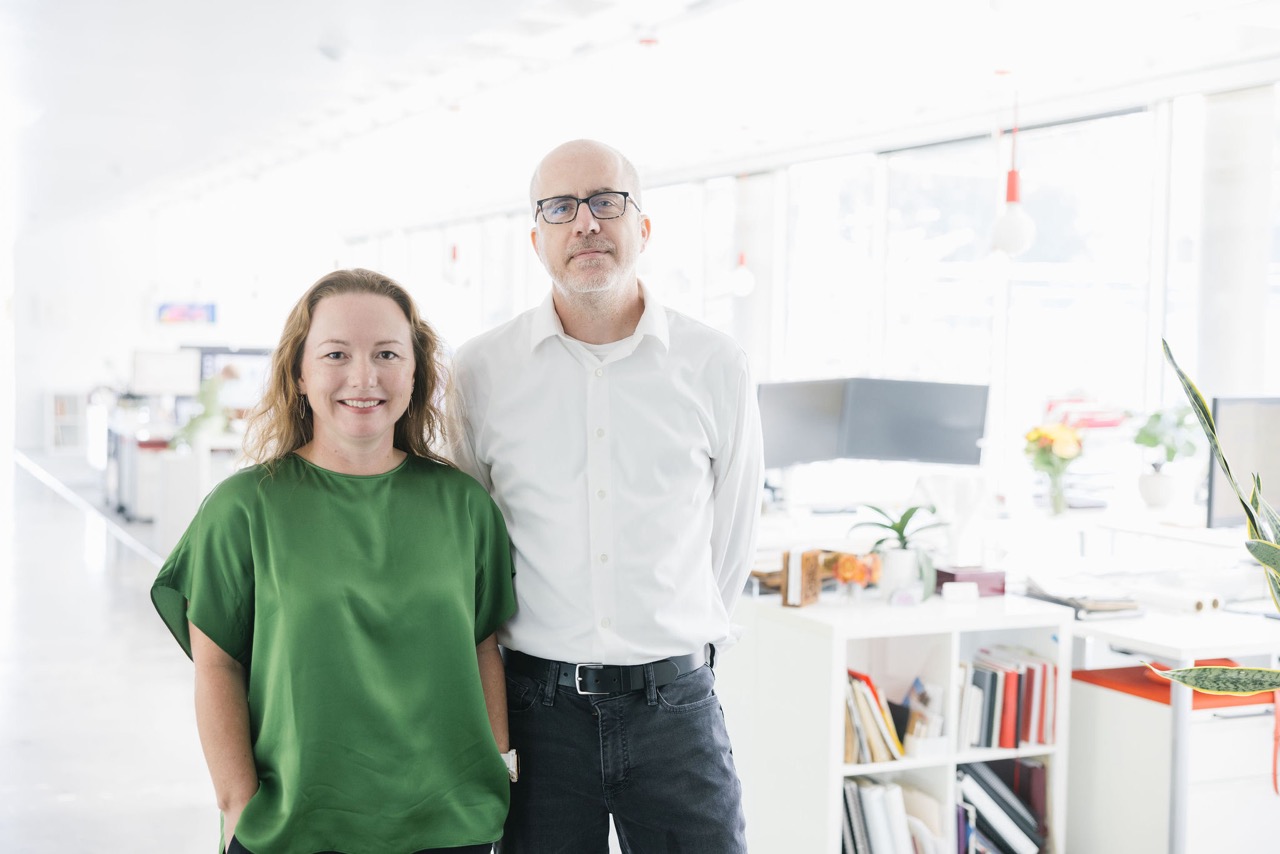COMMUNITY / Keys to Success: 3 Ways to Be a True Community Partner
Keys to Success: 3 Ways to Be a True Community Partner
By Julia Hartman
“Home is a shelter from storms. All sorts of storms.” — William Bennett
Architecture is a study in a complex balance: dreaming big and challenging norms to create beautiful, functional spaces while ensuring those spaces fit applicable community constraints, restrictions, and requirements. Before joining Odimo last February, it was learning these requirements that ignited my interest in housing. Now, I’m eager to help Odimo solidify its role as an active, thoughtful community partner doing what we can to make housing equitable, accessible, and in keeping with each community’s specific needs and goals.
First, a bit of my background. I moved to Kansas City in 2017 after graduating from Drury University and working a few years in Springfield. Once here, I joined a local firm and started working on several large mixed-use and market-rate projects.
I can’t help but smile when I look back on my start with Odimo. I spent about three weeks in the office before the team started working remotely due to the pandemic. Despite being physically separated and still getting comfortable in the new team, we all stayed connected. That emphasis on connection — or, more accurately, creating and nurturing connections — is one thing I appreciate about Odimo and the community-minded focus that it brings to all of our work.
One thing to note: market-rate projects, for example, aren’t the same as affordable housing, but I find them just as fascinating. All types of housing have their place, and understanding what best fits a particular neighborhood or community is only part of the puzzle. Some of that understanding comes from successfully navigating the accessibility guidelines, zoning restrictions, and development requirements, which can vary at the city, county, and state level. I joke that I’m somewhat of a nerd when it comes to researching these items. This also ties into my love for project management, but that’s a story for another day.
Beyond the codes and regulations, what best fits a neighborhood or community can be best understood through prioritizing community engagement, which is one of many reasons I joined Odimo. Odimo’s approach in all projects is to be the champion of our client’s project vision. Part of that responsibility is to engage and advocate for the communities we work in. Our goal is to meet and understand the goals and nuances of the neighborhoods prior to beginning projects with our clients. With this understanding, we can better advocate for the communities, vet the project opportunities when approached for design work, and adapt the design process for our client’s project goals.
As we move deeper into the new year, it’s the perfect time to look ahead and set goals. One of mine is to do what I can to help Odimo continue to establish itself as a community partner. With the firm’s consistent focus on partnerships, that means that Odimo isn’t merely trying to breeze into a neighborhood, plop down a housing structure, and move on.
Instead, it’s about being a knowledgeable, committed partner who not only understands the considerations and challenges of a particular neighborhood but is also proactive in turning that knowledge into practical and long-lasting solutions.
We believe that successful community engagement is in the best interest of both our clients and our community and can be condensed into a three-pronged approach: early, open, and often. Successful community engagement should start early in the design process before the design goals are formalized, and documents are ready for city submission.
When possible, openness and transparency regarding project goals, leadership, and decision-making are essential to building rapport and dialogue among community leaders. Finally, frequent updates throughout the process can show the iterative, reactionary nature of design and build local awareness, understanding, and connection to the proposal.
Keeping in mind our commitment to early, open, and often, here are three key ways that we — and others — can ensure we’re delivering on the promise of partnership.
3 Keys to True Community Partnership
1. Spend time listening and learning.
All projects can potentially expose public opinions that aren’t always easy to approach. That’s one of the many reasons why spending time in the neighborhoods is crucial. It’s not just enough to have a physical presence in the community – we should have an active one. We should listen. Learn. Talk to neighbors. Attend neighborhood meetings. Put in the work to understand the perspective and experiences of as many residents as possible. In my experience, you can’t have a project properly integrated without that rapport.
While I think researching the latest housing trends, regulations, and guidelines are important for educated design, I also recommend taking time to learn the community’s history in which you’re working. In Kansas City, for example, there is a rich history and a myriad of complex politics to learn, especially about topics like gentrification and inequality as manifested by physical elements like the Troost Divide. I’ll continue to advocate for a thoughtful, conscious conversation about what we can do throughout the city to begin to mitigate the historic wrongs. There is always more to learn and you are one piece of a much larger puzzle. Acknowledging that fact is critical.
2. Understand the role of architecture.
One of the repeated industry themes that we learn early in architecture school is: Here’s a problem or conflict. Present architecture as your solution. But here’s the thing – can the built environment itself be the singular solution? Or can you push that interpretation and strive for development that adapts and infuses with the existing context over time?
At times, the architecture industry can place too much emphasis on the built environment. Physical construction can’t solve pervasive, systemic issues like income inequality or structural racism. But suppose you take the time to truly investigate an area and its specific challenges and opportunities – that’s when you have a better chance of creating a physical space that doesn’t merely create shelter but also strengthens the surrounding community with an improved quality of life.
3. Start the work before the project even exists.
Most architects are no strangers to long-term planning. Successful projects start long before there is even an idea. Before a project begins is the moment to focus on spending time in the neighborhood, as I mentioned earlier — listening and learning. Then, when project opportunities do come along, you’re better positioned to be an informed advocate and help evaluate the project from the neighborhood’s perspective.
The more you spend time getting to know residents and understanding them, the better they’ll understand you and have more trust in your mission and purpose. At Odimo, we want to be around now: talking with people, learning what each neighborhood is looking for, and finding ways to connect them to the right next project. Then, if a project opportunity does arise, we can more effectively serve these partner communities with purpose.
When you create projects in the spirit of partnership, residents can be more willing to be with you every step of the way. And as a result, we create not just the space itself but also a neighborhood sense of ownership and pride in the project. Those attributes will have a more significant impact on a neighborhood and elevate the success of a development beyond the financial proforma.
That’s the sort of successful project and community impact that I want to help create, in partnership with both our clients and our communities.
Share This Story


